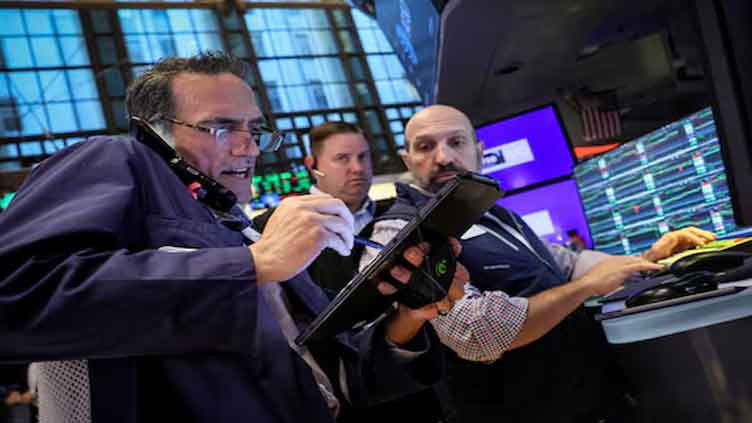Global stock traders face dip-buying dilemma after crushing selloff

Business
Global stock traders face dip-buying dilemma after crushing selloff
(Reuters) - A selloff that rocked equity markets around the world is clouding the outlook for investors looking to buy stocks on the cheap, as worries over the US economy and disappointing tech earnings threaten more losses ahead.
A two-day rout late last week left the S&P 500 opens new tab nearly 6% from its July peak while the tech-heavy Nasdaq Composite (.IXIC), opens new tab extended losses to notch its first 10% correction from a record high since early 2022. Equities plunged in Europe and Asia as well, with Japan’s Nikkei index losing nearly 5% for the week.
The market tumble presents a dilemma as another week of trading is set to unfold. Jumping into stocks during periods of weakness has rewarded investors over the last two years, as the S&P 500 has climbed about 50% from its Oct 2022 low.
But buyers of the dip risk being steamrolled if recession fears grow following last week’s run of alarming U.S. data. The S&P 500 has fallen an average of 29% during recessions since World War Two, according to Truist Advisory Services.
Saturday's earnings report from legendary investor Warren Buffett’s Berkshire Hathaway may also give bargain hunters pause: the conglomerate sold about half its stake in Apple (AAPL.O), opens new tab and let its cash pile soar to $277 billion in the second quarter. Berkshire often lets cash build up when it can't find whole businesses or individual stocks to buy at fair prices.
“People are starting to reassess what their risks are and whether they are properly positioned.” said Mark Travis, a portfolio manager at Intrepid Capital, noting also that elevated valuations are giving investors pause.
Stocks have soared this year in a rally fueled by excitement over artificial intelligence technology and a so-called Goldilocks economy where growth stayed resilient while inflation cooled.



